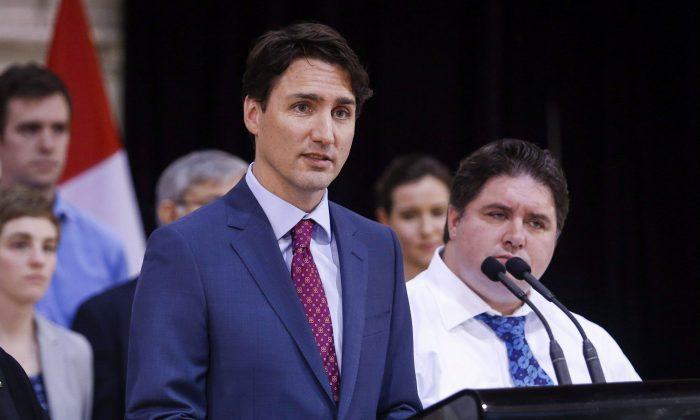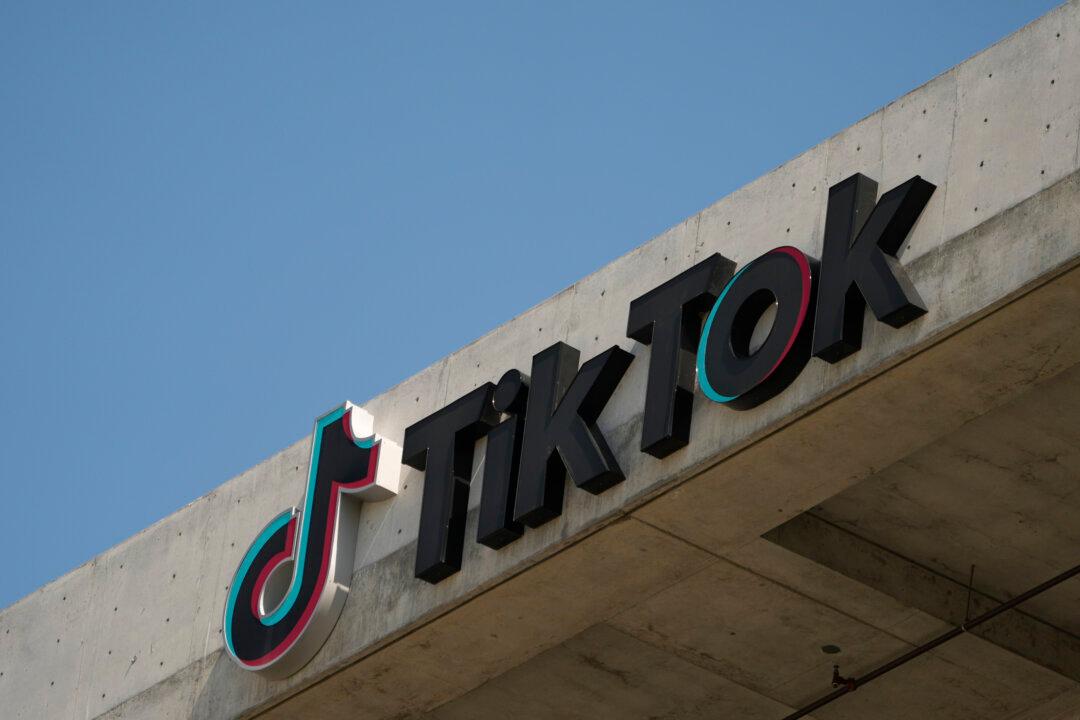CALGARY—Prime Minister Justin Trudeau says the government will monitor changes it has made to employment insurance to make sure they’re having a positive effect. He says that means keeping tabs on statistics, job markets, and how families are managing.
Trudeau said previous governments were keen to announce programs, but not so good at following up to make sure they were having the desired effect.
Speaking after an EI roundtable in Calgary on March 29, Trudeau wouldn’t specifically commit to further changes to employment insurance. But he did say the government is always considering ways “to improve or increase that impact if necessary.”
“Looking at how the job market is evolving, looking at how investments are arriving, looking at how families are doing is part and parcel of what any government needs to do on an ongoing basis if we want to be serving the citizens that we were elected to represent,” Trudeau said.
“We will continue to work with premiers across the country, work with municipalities, work with industry, work with everyone who has been affected by this challenging economic situation to make sure we are doing whatever we can.”
Last week’s budget boosted employment insurance benefits in some parts of the country, but left some areas of the oilpatch out. The government said it picked 12 regions that needed the most help with extra weeks for jobless workers and faster processing of claims.
Five key EI changes
The budget outlined multiple changes coming to the employment insurance program that combined will have a total cost this year of $1.02 billion and almost $1.45 billion next year. Here are five key changes.
1. The Liberals are promising to add five weeks of eligibility up to a maximum of 50 weeks of regular benefits to unemployed workers in a dozen regions of the country that have seen unemployment rates rise over a sustained period. Long-tenured workers, who tend to be older and haven’t dipped into employment insurance in years, will be eligible for 20 additional weeks of benefits up to a maximum of 70 weeks.
2. The waiting period for new employment insurance recipients will be cut to one week from two, processing application processing times will be sped up, and money will be put into government call centres to reduce the amount of time people spend on hold waiting to talk to someone.
3. Both new entrants to the workforce and re-entrants will be required to work between 420 and 700 hours over the previous 52 weeks to qualify for employment insurance, depending on labour conditions in their area of the country. That’s a reduction from the current 910 hours.
4. The “working while on claim” pilot project is being extended, as the government continues to assess whether letting claimants who work keep more of their benefits helps them transition off employment insurance and into a permanent job.
5. Workers whose companies are facing the prospect of layoffs because of tough economic conditions can opt to work fewer hours and receive employment insurance benefits up to a maximum of 38 weeks. The Liberals are going to expand the program to a maximum 76 weeks.
From The Canadian Press






Friends Read Free